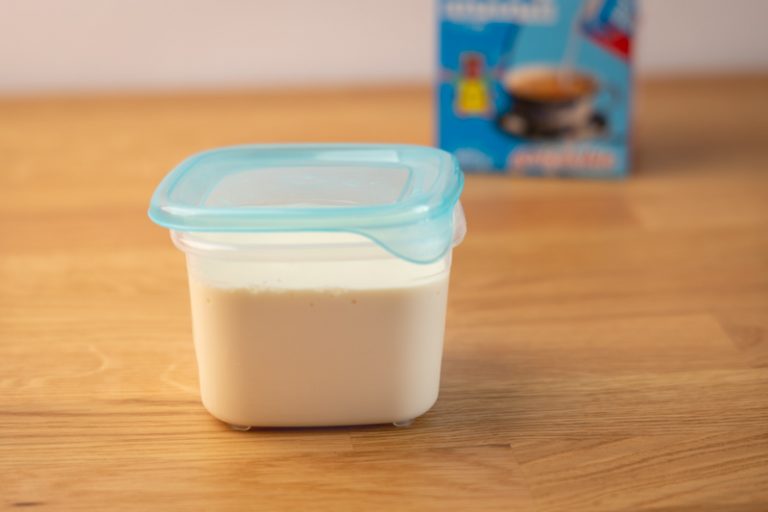Can You Freeze Buttermilk? (Before & After Pics)
Got half a container of buttermilk left after making pancakes, and not sure what to do with the leftovers?
If cooking another batch of pancakes isn’t on the menu, and you’re thinking about freezing the buttermilk, you’re in the right place.
Freezing is a simple way of preserving leftover buttermilk. But, and it’s an important but, this dairy product doesn’t freeze particularly well.
In short, after freezing and thawing buttermilk only works in cooked dishes (pancakes included). And you might need to adjust your recipes slightly to get the result you want.
Read the guide below to learn:
- how freezing affects buttermilk, including before and after photos
- how to freeze buttermilk (three ways)
- ways to defrost it
- what kind of recipes you should use frozen and thawed buttermilk in
- tips when cooking with defrosted buttermilk
Interested? Let’s get going.
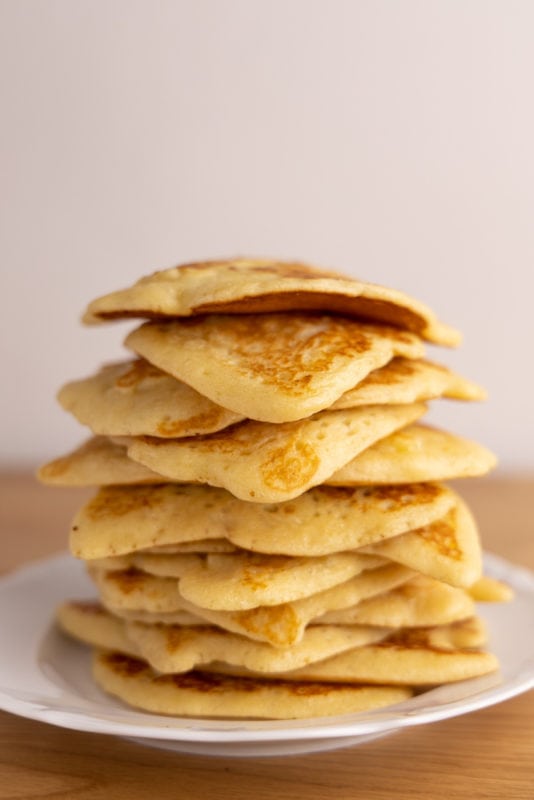
Can You Freeze Buttermilk?
Yes, you can freeze buttermilk, but it comes at a cost.
Frozen and thawed buttermilk is separated, and works well only in cooked or baked dishes, such as pancakes or biscuits. Drinking it from the glass or using it in a dip such as Ranch dressing doesn’t really work.
Of course, technically you can use that defrosted buttermilk however you like. But I’m pretty sure you won’t like it in anything except cooked dishes that it’s only a part of.
I mean, here’s how just thawed buttermilk looks like:
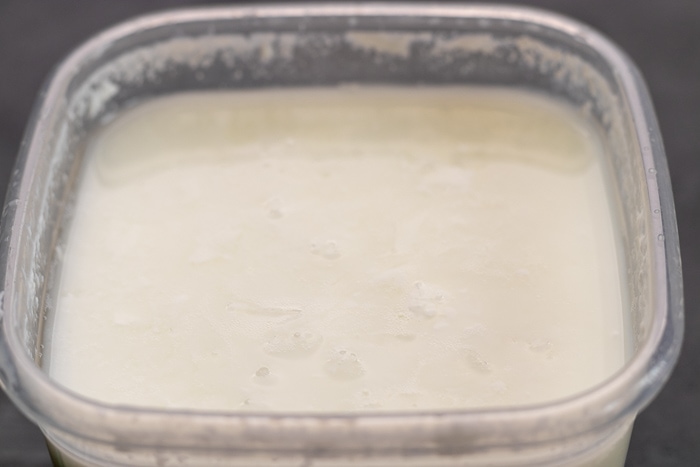
Doesn’t look particularly appealing, doesn’t it?
Does Stirring Fix Separated Defrosted Buttermilk?
Okay, you might’ve read that giving that separated buttermilk a good stir will fix most of the issues. That’s not true.
Here’s what stirring the liquid actually does:
As you can tell, the stirring helps, but the liquid is nowhere near what it was before freezing. Here’s a comparison:
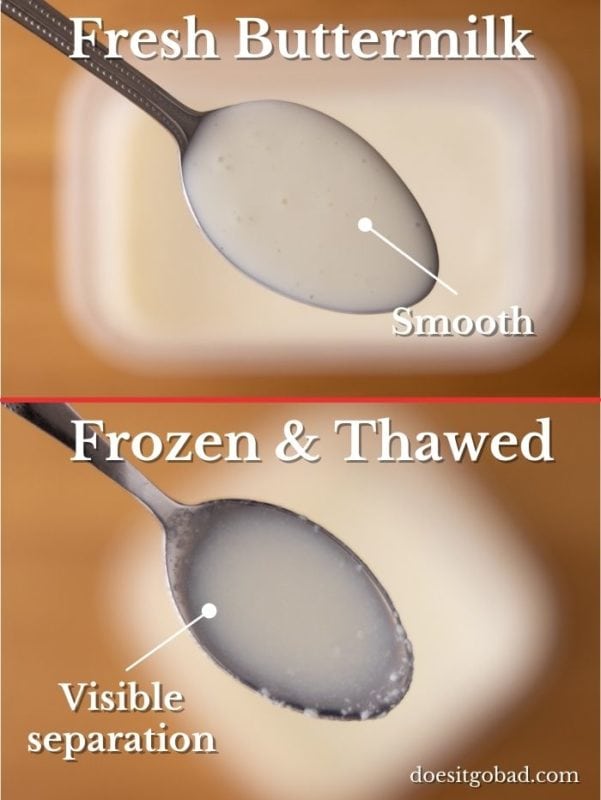
Where does that leave us?
Exactly at what I started this section with: frozen and thawed buttermilk works only in cooked dishes.
To use the buttermilk that I froze for the purposes of this article, I made pancakes. Here’s how the mixed pancake batter looks like:
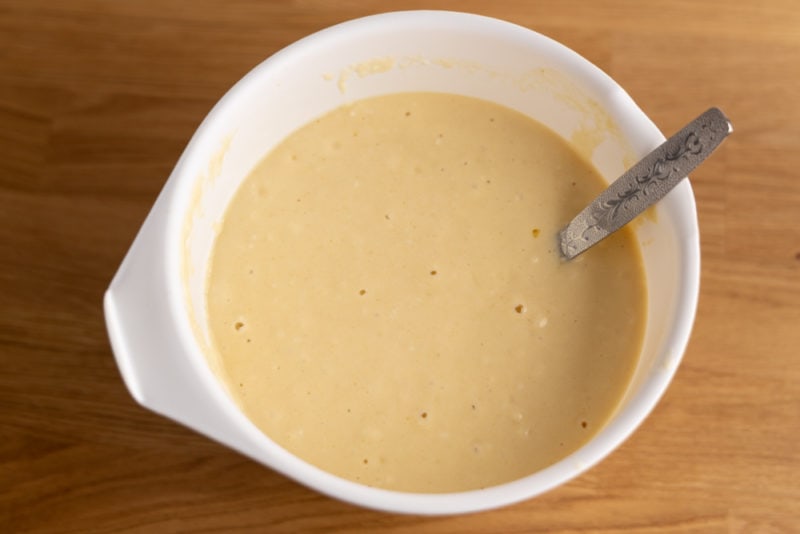
Looks like your average pancake batter, doesn’t it?
And I can assure you, that the pancakes that I made with that batter were perfectly fine as well. You can see some photos of them sprinkled throughout the article.
How To Freeze Buttermilk
Below, I go through three methods of freezing this dairy product. They are quite similar, and all of them require only basic household items. I’m sure you already have everything you need to go with at least one of them.
Let’s go.
Freezing Buttermilk in an Ice Cube Tray
This way is best if you don’t already know how you’re going to use the buttermilk and how much you’re going to need. Having it in ice cube form, you can easily adjust how much you thaw.
If you don’t want to decide right now if you’re going to make pancakes, biscuits, mashed potatoes, or add it to a soup, this is your best option. All you need is an ice cube tray, and a freezer bag or container. Here’s how to do it:
- Pour the buttermilk into the ice cube tray.
- Put the tray into the freezer. Leave it there until the whole thing freezes solid. That usually takes around 3 to 6 hours, depending on the temperature in your freezer and the size of the cubes.
- Transfer the frozen cubes into a freezer bag or container. Most of us don’t have an unlimited number of ice cube trays, so freeing the tray for other uses makes perfect sense.
- Chuck the bag or container back into the freezer. Add a label with name and date if you like.
That’s it; the cubes are ready to sit in the freezer for the long term.
If you find the ice cubes a bit too small, consider using a muffin tin instead.
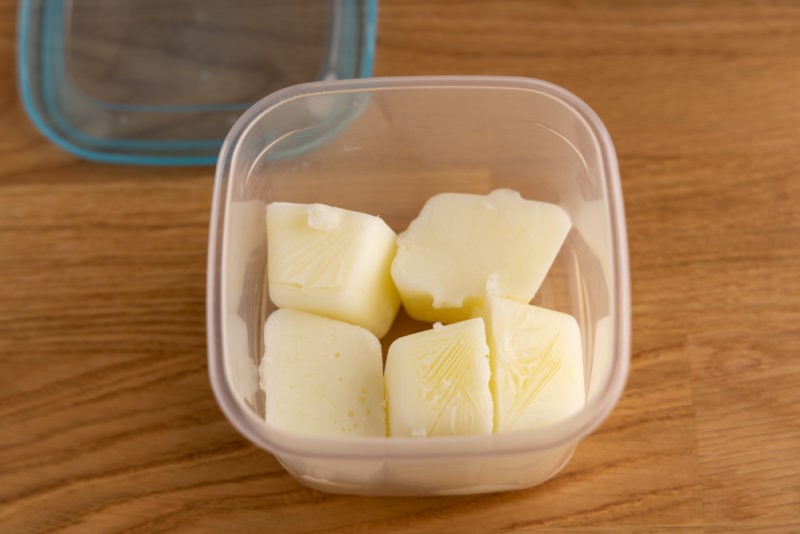
Freezing Buttermilk in a Container
This method is perfect if you know how you’re going to use the thawed buttermilk. This way, you can freeze precisely how much you need for a recipe, and you don’t have to worry about any leftovers.
Grab your measuring cup, an airtight container, and let’s do it.
- Measure for a recipe. As noted, it’s best to freeze in a single container exactly as much as you need for a recipe. But of course, you can freeze however much you like, just remember you will have to deal with the leftovers.
- Pour the buttermilk into the container. Make sure to leave some head-space because the liquid expands when frozen.
- Stick the container into the freezer.
And that’s a wrap – three easy steps you can do in about 3 minutes. And that’s how it looks like after 6 to 8 hours of freezing:
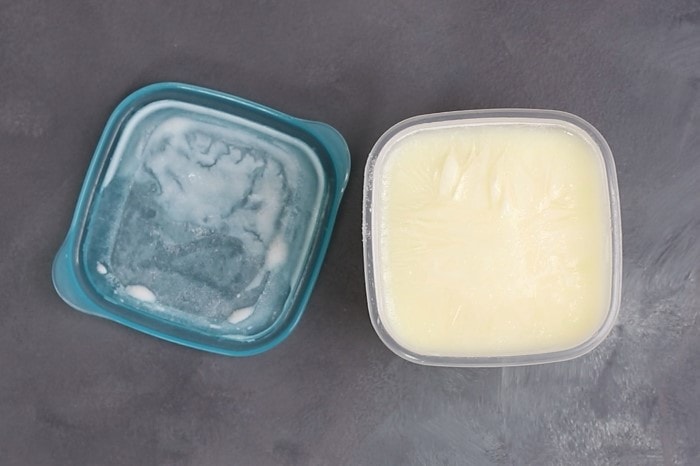
Freezing Buttermilk in Freezer Bags
This option if for you if your freezer is crowded and you want to be as space-efficient as possible. I don’t use this method, but quite a few people swear by it, so you might try it out.
Besides the bags taking little space in the freezer, defrosting the dairy product is also quite fast. If you tend to forget to defrost things ahead of time, this might be a lifesaver for you.
Grab your freezer bags, a bowl, a baking sheet, and let’s get it done.
- Portion the buttermilk into freezer bags. Like with freezing in a container, it’s best to freeze in a single bag exactly as much as you need for a dish. Before pouring, put the freezer bag in a bowl. This way, in case the bag is leaky, you won’t have to clean up half of your kitchen. After pouring, squeeze out the air and seal the bag tightly. Once again, check if it’s leak-proof. Add a label with the name and volume if you like.
- Lay the bags flat on a baking sheet. This way, the milk product freezes flat, and you will be able to stack the bags or fit them into tight spaces in the freezer.
- Freeze the buttermilk. Stick the baking sheet into the freezer for 3 to 5 hours, until the liquid freezes solid.
- Remove the baking sheet from the freezer. Once the buttermilk freezes, the baking sheet is no longer needed. Feel free to reorganize the “sheets” of frozen buttermilk if needed.
That’s it. The buttermilk is frozen and waiting until you’re ready to use it. This way also works great for freezing kefir.
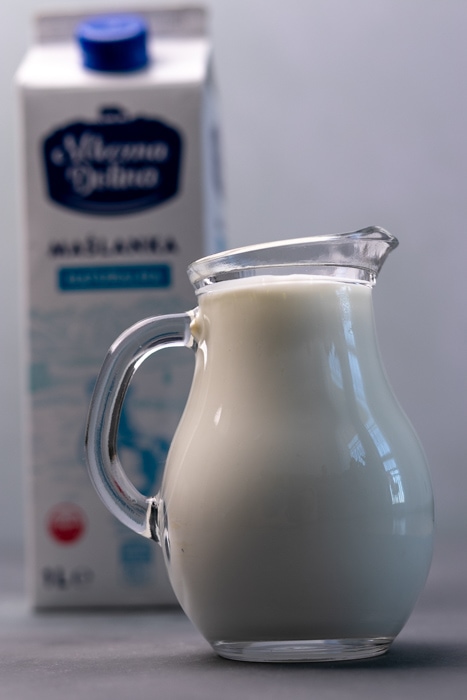
How Long Can You Freeze Buttermilk?
There’s no right answer to this question. Some people suggest you shouldn’t keep it frozen for longer than like 2 or 3 months, but I don’t think that’s accurate.
Of course, the quality of food gradually drops when frozen, but the process is extremely slow, and another week or month in the freezer usually doesn’t make that much of a difference.
Long story short, try to use the frozen buttermilk as soon as possible, but remember that keeping it in the freezer for more than a couple of months shouldn’t be a problem either.
Now that we’ve covered methods of freezing, let’s talk about defrosting buttermilk and getting it ready for the dish you’re prepping.
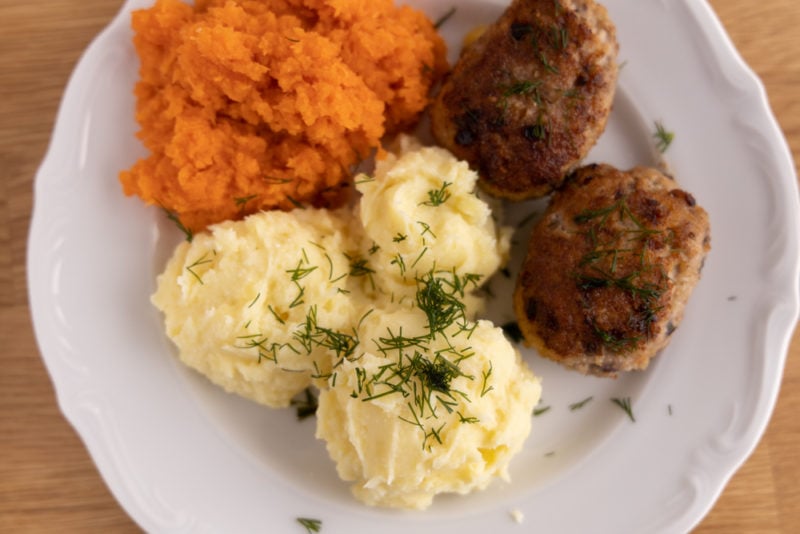
How To Defrost Frozen Buttermilk
When it comes to defrosting buttermilk, there are a couple of options. Choose one that fits your circumstances best.
In the fridge
Defrosting buttermilk overnight in the fridge is the safest and easiest way to get it done.
The only downside is that you have to actually remember to transfer the container, cubes, or bags into the fridge the evening before.
To speed things up slightly, place your frozen buttermilk in a pot of lukewarm water. This helps because water conducts heat faster than air.
Here’s how such a setup looks like:
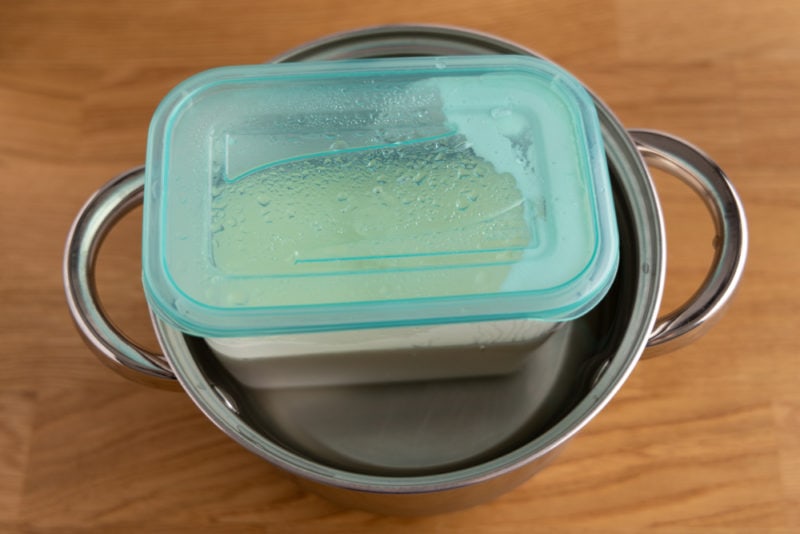
Please note that if your portions are quite large (like 2+ cups) and you used a container instead of a bag, defrosting might take more than 8 hours. Plan accordingly.
On the counter
Defrosting dairy on the counter isn’t recommended, and I don’t recommend it either. If there are any rogue microorganisms in your buttermilk, they’ll grow and multiply much quicker than if you defrost it in the fridge.
That said, I have to admit that sometimes I forget to put the container in the fridge the night before or am in a hurry. And that’s when I defrost buttermilk on the counter.
The procedure is simple:
- Place the buttermilk in a pot of lukewarm water.
- Stir it every 15 – 20 minutes.
- Change the water when it becomes ice cold.
Of course, the whole process still takes up to a couple of hours if you have a large container to thaw.
Again, do it at your own risk.
Add it frozen
Skipping defrosting and adding frozen buttermilk might be an option in soups, stews, and similar dishes.
All you need to do is transfer the buttermilk (in whatever shape you have it) into the liquid you’re cooking on the stove. A couple of minutes of cooking and stirring should thaw the dairy product completely.
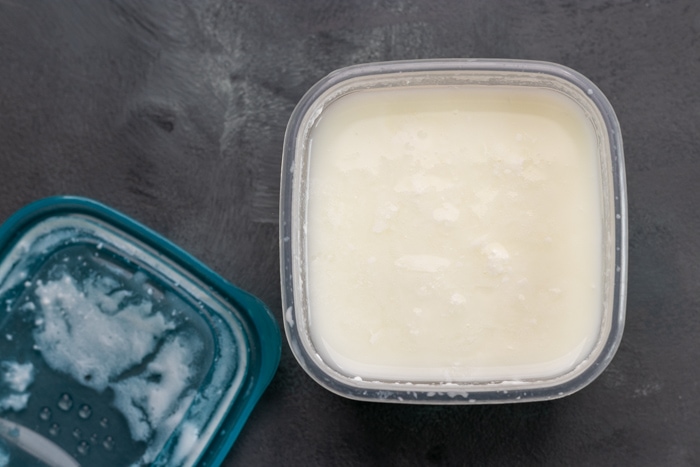
How To Use Frozen And Thawed Buttermilk
There are lots of options, and many cooked or baked dishes will do.
Unless, of course, buttermilk is its most important ingredient. In such a case, the quality of the dish might suffer if you use frozen buttermilk (avoid those!).
Foods from these categories should turn out just fine no matter if you use frozen and defrosted buttermilk or fresh one:
- pancakes
- biscuits, muffins, and other baked goods
- soups
- stews
- mashed potatoes
But before you go out there and freeze your buttermilk leftovers, there are a few things about cooking with thawed buttermilk that you might want to know.
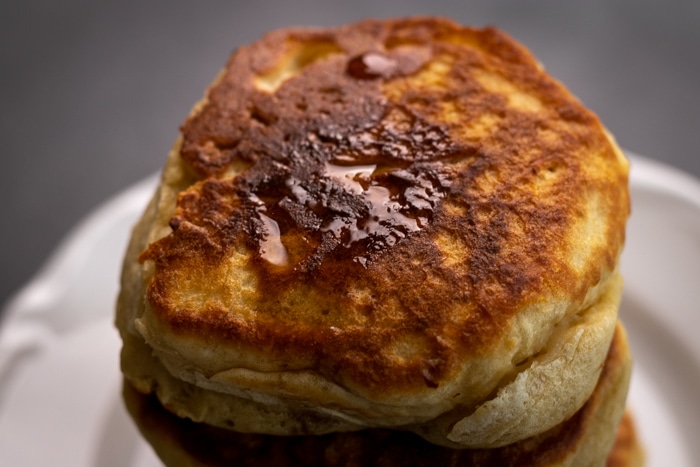
Tips For Using Thawed Buttermilk
I didn’t want to leave you with a vague “use it in cooked dishes” advice. Instead, I want to share a couple of tips I found useful when working with frozen and thawed buttermilk.
Here they are.
Use it in recipes that you know
The most important thing, at least to me, is having prior experience with the recipe that you want to use the defrosted buttermilk in.
If you know the recipe well, or at least cooked it two to three times, you know what to expect at each stage. That’s important because when you’re using defrosted buttermilk instead of fresh, you might need to fix some issues (e.g., texture) during cooking.
If you don’t have any experience with the recipe, you won’t know that you have a problem until it’s too late.
Besides that, if you’ve never cooked the recipe before, and it turns out pretty bad, you don’t know if it’s the recipe’s fault or was the thawed buttermilk the culprit.
Cook the dish at least once or twice using fresh ingredients before making it with defrosted buttermilk.
Check the texture
I already talked about this in my article on freezing sour cream, but it applies to buttermilk as well.
When you’re making pancakes, you want your pancake batter (which you can freeze, by the way) to have a certain thickness. It shouldn’t be chunky, but it shouldn’t be runny either.
The texture of frozen and defrosted buttermilk is much thinner than this of fresh buttermilk. It’s not frozen ricotta that stays pretty much intact or frozen cottage cheese that becomes more chunky. Because of that, your batter will end up thinner as well.
There are at least two ways to fix that:
- add more flour (or whatever solid ingredient you’re using)
- add less buttermilk
Similar rules apply to other dishes that require specific texture to get the optimal results.
That’s why it’s important to be familiar with the recipe you’re using. If you’re not, you might not be sure if the texture is right, and end up with flat pancakes (or what have you) instead of thick and fluffy ones.
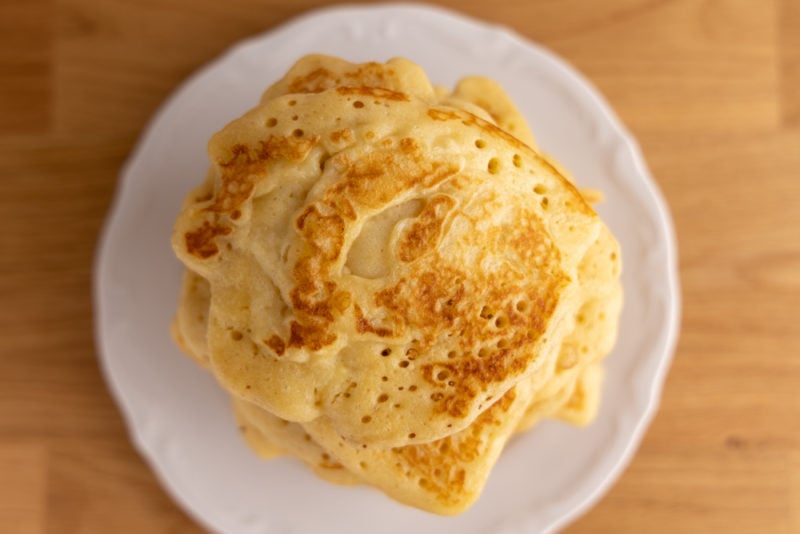
Mind the appearance
As you already know, thawed buttermilk is separated into solids and liquids. When you’re making a soup, stew, or mashed potatoes, some of those solids might stay visible no matter how much stirring you do.
Here’s how my mashed potatoes with defrosted buttermilk look like:
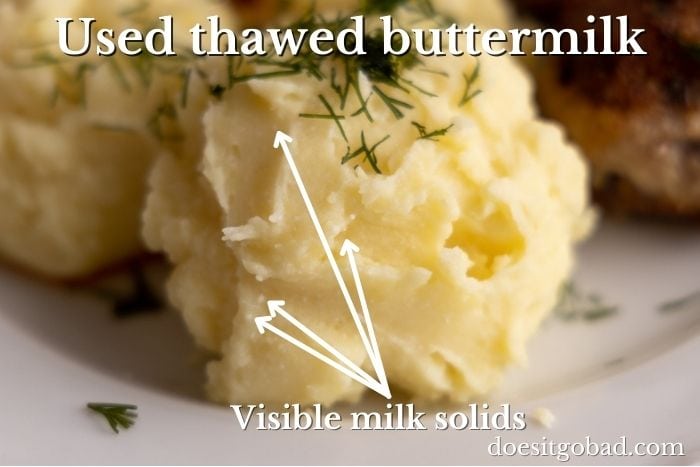
All of these white dots are solids from the separation, and there’s no easy way (that I know of) of getting rid of them.
For me, those dots are no big deal. My wife doesn’t care about them either. But if I were having someone over, I wouldn’t serve them such mashed potatoes.
Long story short, if you care deeply about the perfect appearance of the dish, using defrosted buttermilk in soups, stews, or mashed potatoes might not be a good idea.
Freeze the dish instead
Pouring buttermilk into a container and placing it in the freezer is easy. It only takes a couple of minutes, and you’re happy because you saved the dairy product.
But if that buttermilk is going to sit in the freezer for ages, freezing doesn’t really solve the problem. It just postpones it for an extra couple of months.
If you’re lazy (like I am), consider making more of the dish you’re already cooking and freezing the leftovers. That’s, of course, assuming that the dish freezes well.
I’d much rather have a package of pancakes ready in the freezer than a container of buttermilk that I need to defrost and only then can use to make pancakes.
The chances of me grabbing those pancakes are high. I don’t need to muster any motivation to do that. It’s a prepped meal that I only need to reheat.
That frozen buttermilk? It’s much more of a hassle to use it. You need to plan ahead, and cooking those pancakes takes time too.
The bottom line is: if you want to be 100% sure that buttermilk gets used anytime soon, cooking something with it and freezing the dish is the best solution.
Warm up the buttermilk before using
If you’re making pancakes often, you know that all the ingredients should be fairly warm (including the buttermilk and eggs). Using them straight from the fridge usually yields subpar results.
If you’re using buttermilk in any dish that involves baking powder (e.g., pancakes), it helps to warm it up to at least room temperature before using it. Or to sort-of-hot if you don’t want the dairy product to cool down your warm dish (e.g., mashed potatoes).
FAQ About Freezing Buttermilk
Yes, assuming that it’s not full. Buttermilk expands when frozen, so if your carton is full, it might tear. And you probably don’t want to defrost your freezer to clean the aftermath of such an event.
The easiest way to go about that is to open the buttermilk and drink half a cup or so. This way, you’ll be safe.
Yes, but only if you thawed it in the fridge. Maintaining refrigeration temperature is key here. If you defrosted it at room temperature or maybe in the microwave, either use the whole thing right away or discard the leftovers.
Rotten Records: Share Your Snap!
Caught some food past its prime? Upload your photo to “Rotten Records” and help others spot the signs of spoilage. Every image makes our food community safer and more informed!
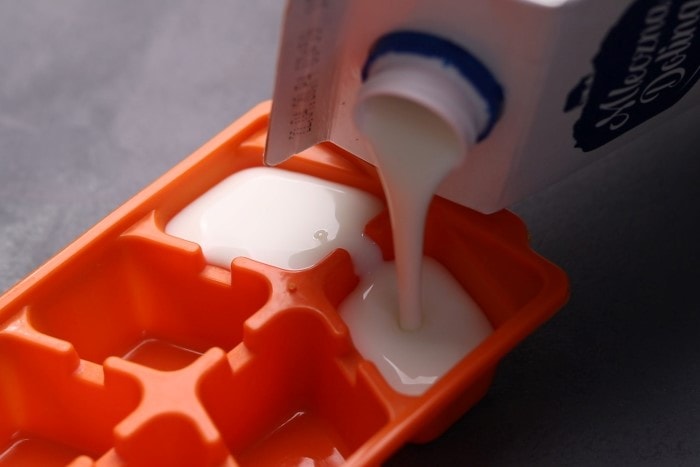
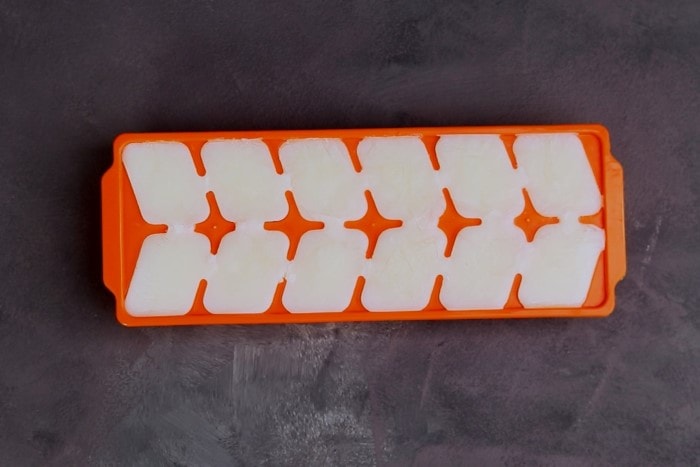
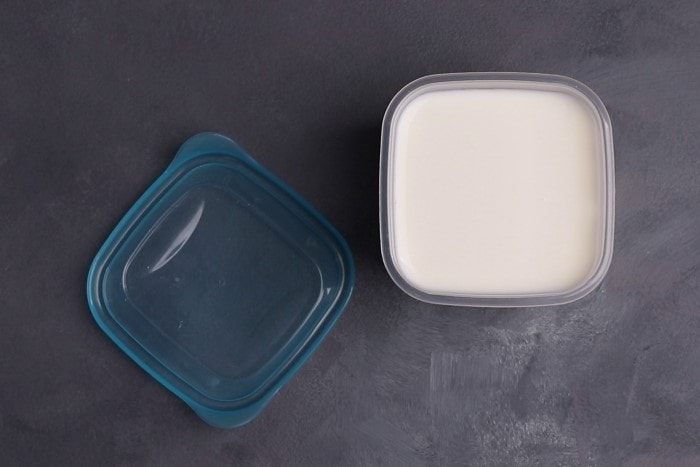
![Can You Freeze Shredded Cheese? [Yes, Here’s How]](https://www.doesitgobad.com/wp-content/uploads/Frozen-shredded-mozzarella.jpg)
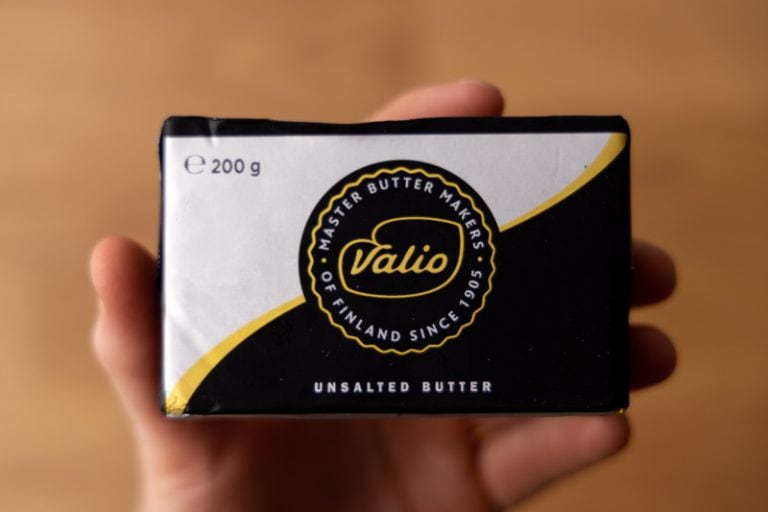
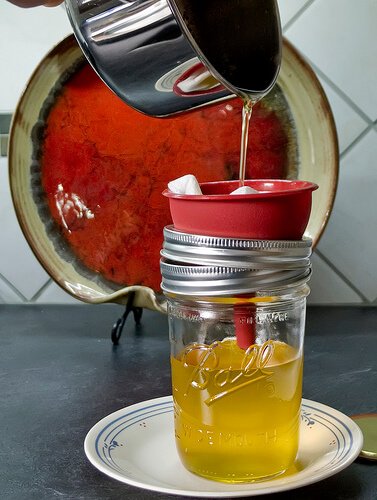
![Does Ghee Need to be Refrigerated? [All About Storing Ghee]](https://www.doesitgobad.com/wp-content/uploads/How-to-store-ghee-768x512.jpg)
![How Long Does Cream Cheese Last? [Shelf Life & Spoilage]](https://www.doesitgobad.com/wp-content/uploads/Philadelphia-cream-cheese-in-hand-768x512.jpg)
